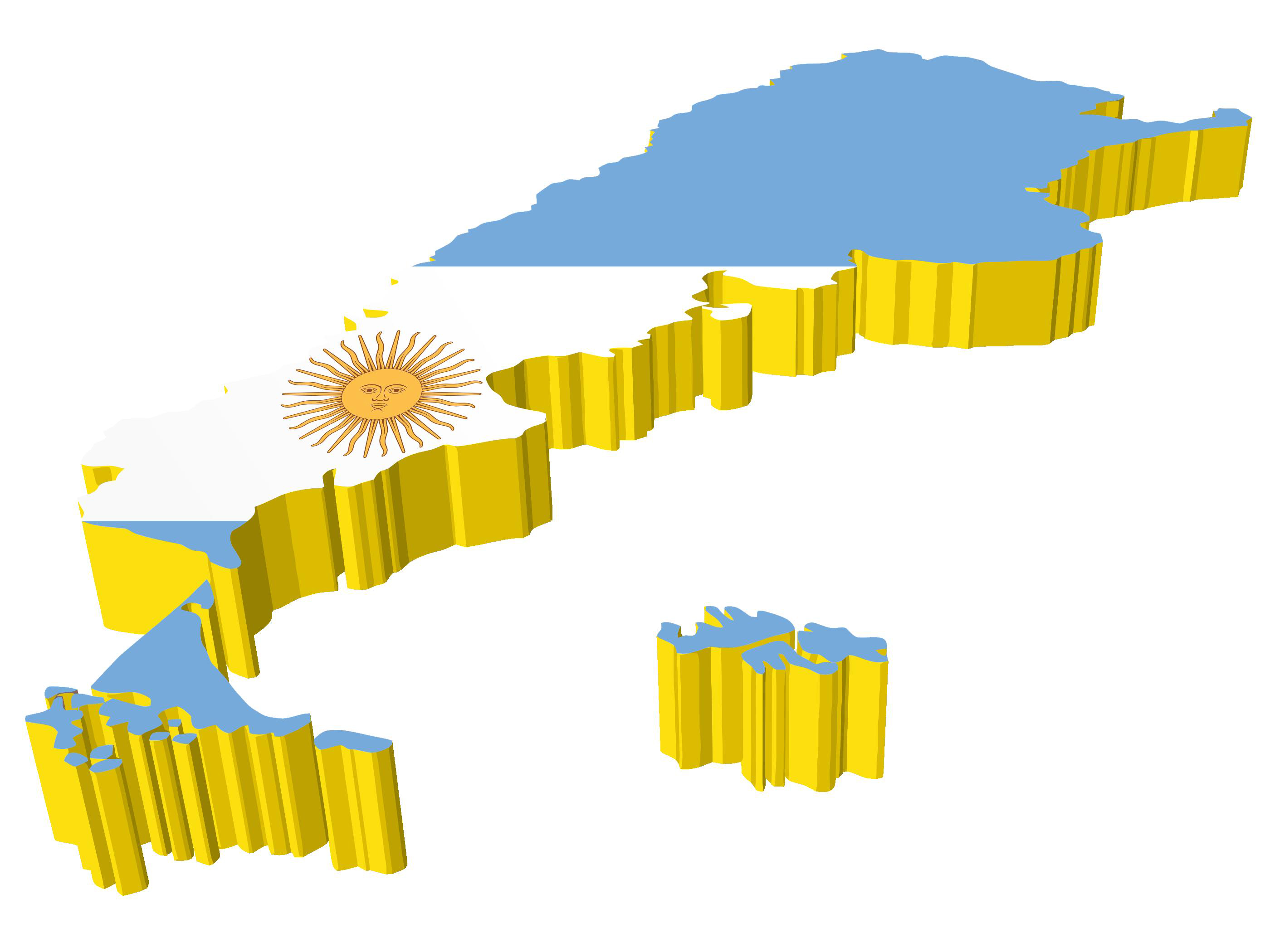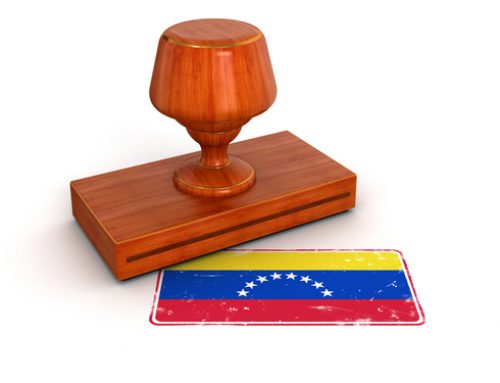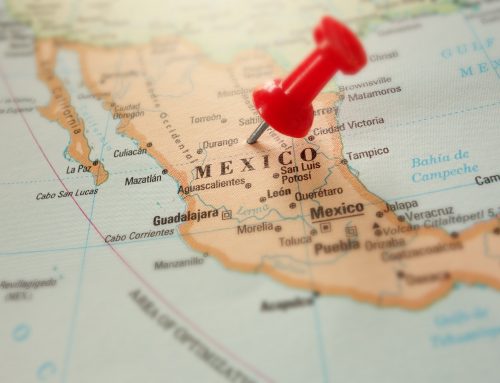On January 10th of this year, the President of Argentina, Mauricio Macri, issued Decree 27/2018, which seeks to streamline the procedures carried out before some administrative entities. This decree modifies the laws for trademarks, patents and industrial models and designs in Argentina, in order to update the intellectual property legislation in this country and to simplify and speed up procedures carried out before the Argentine PTO (INPI).
The modifications proposed by this decree are partially in force as of January 12, 2018; however, some aspects require regulations the INPI is already working on, especially with resolution 01 of 2018 (INPI P01-18).
The most important changes in each of the fields of industrial property are:
Trademarks:
1. Whoever wants to register a trademark must file only one application meeting the requirements established by the INPI. Previously, the applicant had to file an application for each class.
2. Oppositions to the trademark registration must be filed online to the INPI.
3. The term for an applicant to obtain the removal of the trademark registration oppositions has been reduced from one year to three months.
4. If there is no agreement on oppositions, the INPI will decide on them. This decree establishes that the INPI will regulate the process for the opposition filing, considering at least the possibility of the opposing party to broaden the legal bases, the right of the applicant to respond the opposition and the right of both to provide evidence.
The resolutions on oppositions rendered by the INPI will only be subject to direct appeal before the Federal Court of Appeals (Cámara Nacional de Apelaciones en lo Civil y Comercial Federal) within thirty (30) business days from their notification. The appeal must be filed before the INPI, that will refer it to the courts.
This new procedure applies to pending cases.
5. The records of pending or registered trademarks have public and unrestricted access.
6. The INPI, through the trademark office, ex officio or by request from one of the parties, will resolve, in an administrative instance, the nullity of trademarks when they contravene the law. The appeal against these resolutions must be filed within thirty (30) business days from the notification, only through a direct appeal before the Federal Court of Appeals.
7. Upon reaching the fifth year counted from the date of granting a trademark and before the sixth, the owner must submit an affidavit on the use of the trademark.
Patents:
1. It is no longer mandatory to send the priority certificate and its translation within 90 days from the filing date. This will only be necessary at the request of the examiner during the substantive examination. However, the priority must be claimed in the filing process.
2. The term to turn a patent of invention application into a utility model application and vice versa is within thirty days after the presentation of the application (or after the office action, if the PTO would have filed one). The term previously stipulated by the Argentine legislation was ninety days.
3. The term to meet the requirements to file a patent application is reduced to thirty (30) consecutive days.
4. The term for responding to office actions filed by the INPI during the preliminary examination is reduced to thirty (30) days. In case of not responding, the application will be declared abandoned.
5. The term for payment of the fee corresponding to the substantive examination is reduced to eighteen (18) months from the application filing.
For current terms, the one that expires first will be the applicable.
6. The representation claimed in applications for patents and utility models shall have the character of an affidavit. The INPI may require documentation proving this character.
7. The appeal for reconsideration against the denial of a patent or utility model disappears and is replaced by the administrative appeal, which is filed before the president of the INPI within a term of thirty (30) business days from the date of notification of the provision.
8. Likewise, this decree gives the INPI the power to regulate the procedure of patents and utility models in order to facilitate the same and to adapt requirements that are obsolete.
Utility models:
1. In the matter of utility models, an abbreviated procedure will be applied. The application is filed, examined, and then published. There is a period of thirty (30) days for observations to be submitted. Then, the Patent Office will proceed to resolve the application and issue the utility model certificate, if it is the case.
Industrial models and designs:
1. The same application for registration may include up to twenty (20) industrial models or designs, as long as all are included in the same class (Locarno Agreement).
2. Divisional applications are established now, which allows, when necessary, to divide the design application and retain the filing and priority dates.
3. The requirements for the registration of an industrial model or design were simplified. Now, to register it you only need to file the application, the drawings, photographs, and/or digital reproductions of the model or design and the description, if you consider it necessary.
4. Regarding the renewal, this decree stipulates that it is possible to request renewal in the last six months of the registration validity and within a grace period of 6 months after this event.





